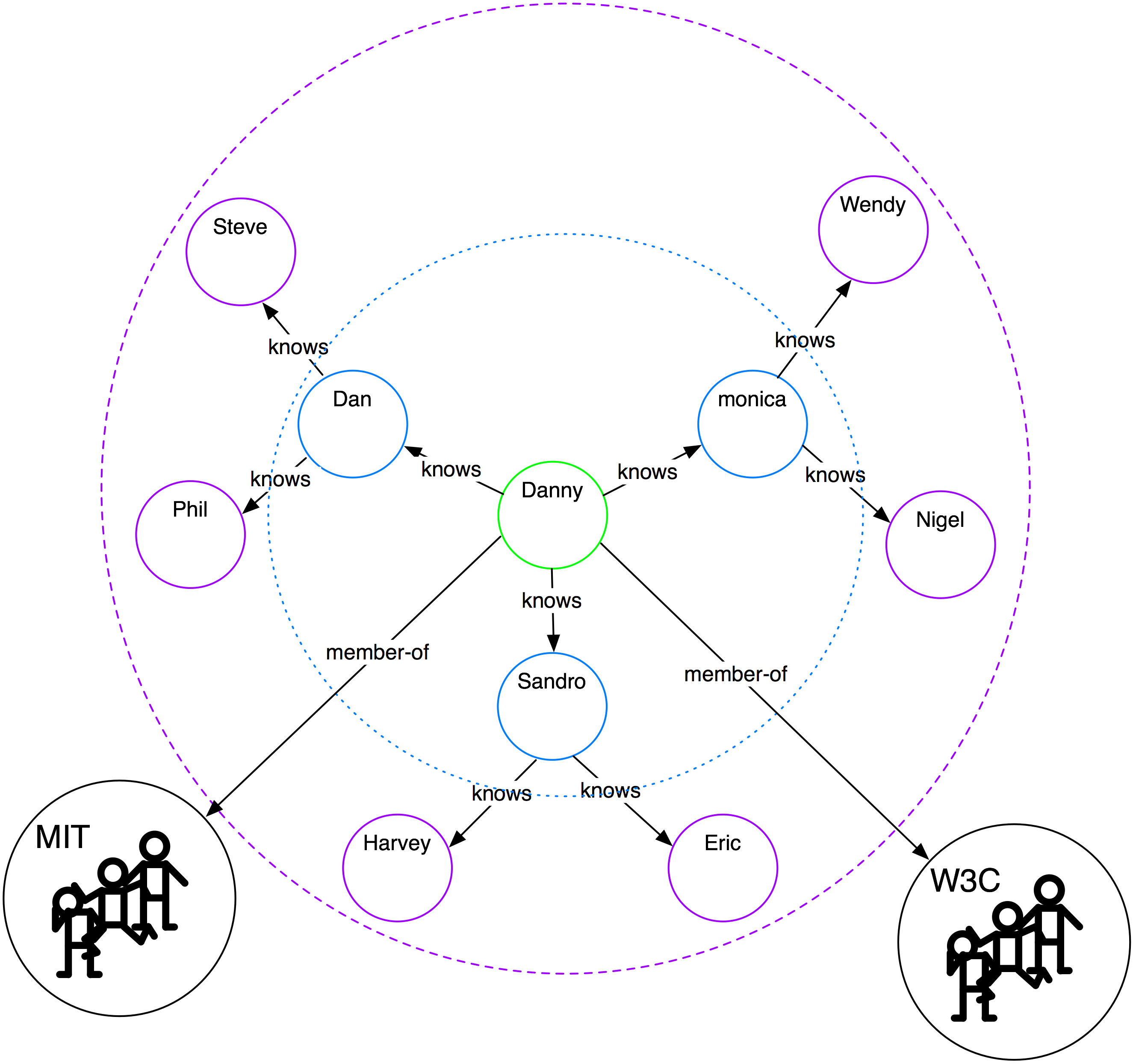Ahhhh, the people/process intersection. Dysfunctional meetings are often the result of dysfunctional teams, or miserable interpersonal dynamics. Then again, even great teams that have a meeting full of great conversation can fall way short of accomplishing their objectives if they don't have an idea of how to approach their challenge.
Looking at meetings I've been a part of that have, shall we say,
sub-optimal outcomes; there is a mix of ideas on how to retroactively rationalize through what would have been the best way to avoid or deal with the founding problems. Usually the founding problem is a people thing. The group didn't trust one another, or there was one participant who didn't want to see the session succeed because it may create more work for them if approved (or any number of self-serving issues).
So the 2 suggestions to remedy the situation can be distilled to a working on people approach, or a working on process approach. Here's an oversimplified breakdown:
- Take the group through interpersonal exercises, preference/style recognition training, etc.
- Create a meeting format that transcends the dynamics problems
The pros of #1 is that you are nipping the problem in the bud; treating the disease and not the symptoms. The cons are that it's hard for groups to find time to do this, and they are often not interested in even considering if they have another meeting purpose that they need to address.
The pros of #2 are that you can engage the group in a very practical assignment, and if done properly, they can begin to collaterally repair or strengthen the dynamic by merit of having shared a powerful experience and building something valuable with their colleagues. The task at hand can actually be accomplished this way as well. The cons are that the group is not necessarily being made conscious of any interpersonal skills they are learning in practice, and the core problems may still exist following the meeting.
It seems obvious that a blend of both would be ideal. I operate in #2 almost exclusively, because of where my expertise lies. I'm all for outsourcing the #1 component, but if a group wants to get things done, they perceive that kind of strengthening a peripheral concern. Creating a meeting format that satisfies all parties enough to have people rise above biases and existing dynamics issues is no simple matter. The approach to design varies greatly from group to group, and the risk that a thoughtful format won't cut it always remains a risk. Establishing one area of consensus and convergence is very important. From there, the meeting can diverge before converging back at a mutually beneficial and acceptable outcome.
Any ideas on how to warm people up to investing in their team dynamics?
Any ideas on how to get different personalities and perspectives to come together and have effective dialogue, and ultimately produce?
Good places to start looking for ideas on either can be found in Dialogue: The Art of Thinking Together, by William Isaacs, The Magic of Dialogue, by Daniel Yankelovich, and of course Getting to Yes, by Fisher, Ury, and Patton.








